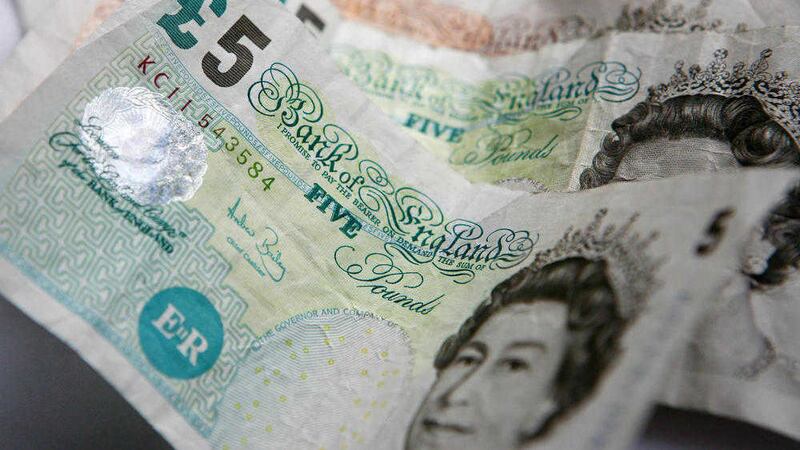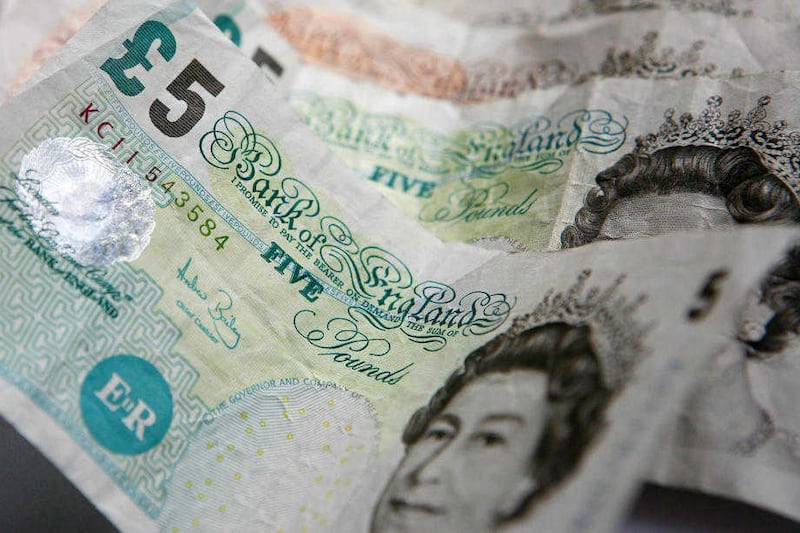BAD business debt in Northern Ireland is on the decrease, according to a new report.
Research from online credit report provider Creditsafe found the total value of UK bad debt left to companies after a firm was liquidated in 2015 was £4.2 billion.
But the number of bad debt instances is in decline, with the overall figure down 9 per cent down on last year.
And the volume of bad debts has fallen by a quarter since 2013, from a peak of 55,369 down to 41,328 last year.
In the north, the volume of bad debt instances is down 11 per cent over the year to 103 - 25 per cent fewer than 2013.
Creditsafe said the decline corresponded with a reduction in the number of company closures over the past three years.
Businesses located in greater London have faced the greatest volume of exposure to bad business debts in the last three years. In 2015, businesses recorded 6,538 bad debts left to them when a company had entered liquidation, down from 9,904 in 2013.
The north-west of England was the worst performing region of the UK.
While the volume has fallen since 2013 the rate of decline is lower than other regions while the volume actually increased by 2 per cent last year.
Creditsafe UK operations director Rachel Mainwaring said: “The reduction in volume of bad business debt in the last three years as a result of companies entering liquidation is good news for UK plc.
"However, the volume of bad business debt is still far too high and emphasises how companies can be hugely exposed in the multi-billion pound trade credit market.
"Companies can help reduce their exposure to bad debt by taking advantage of business intelligence services to establish the likelihood of a trading partner or supplier becoming insolvent. The services can also be utilised to identify the payment practices of businesses to establish the likelihood of being paid promptly.”




